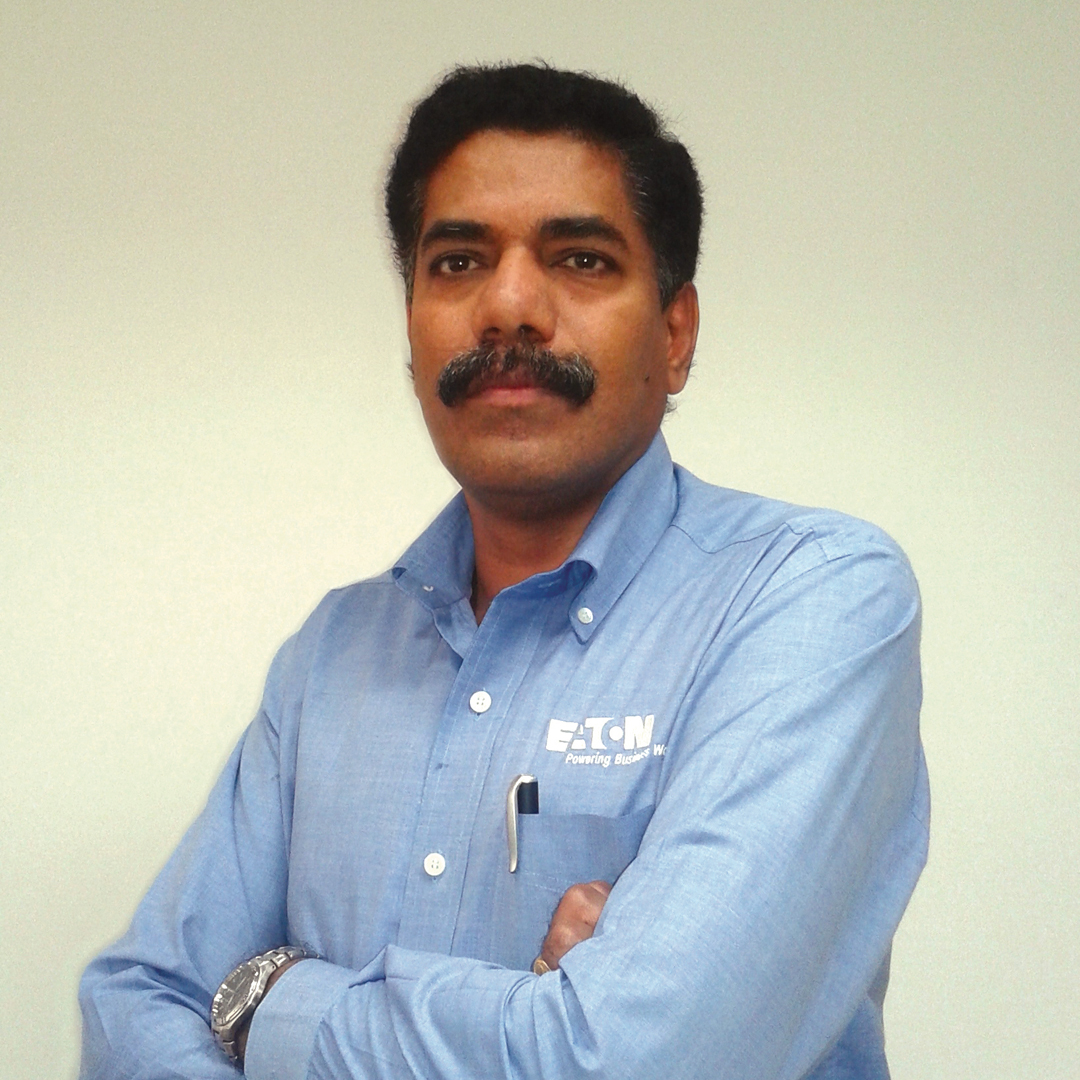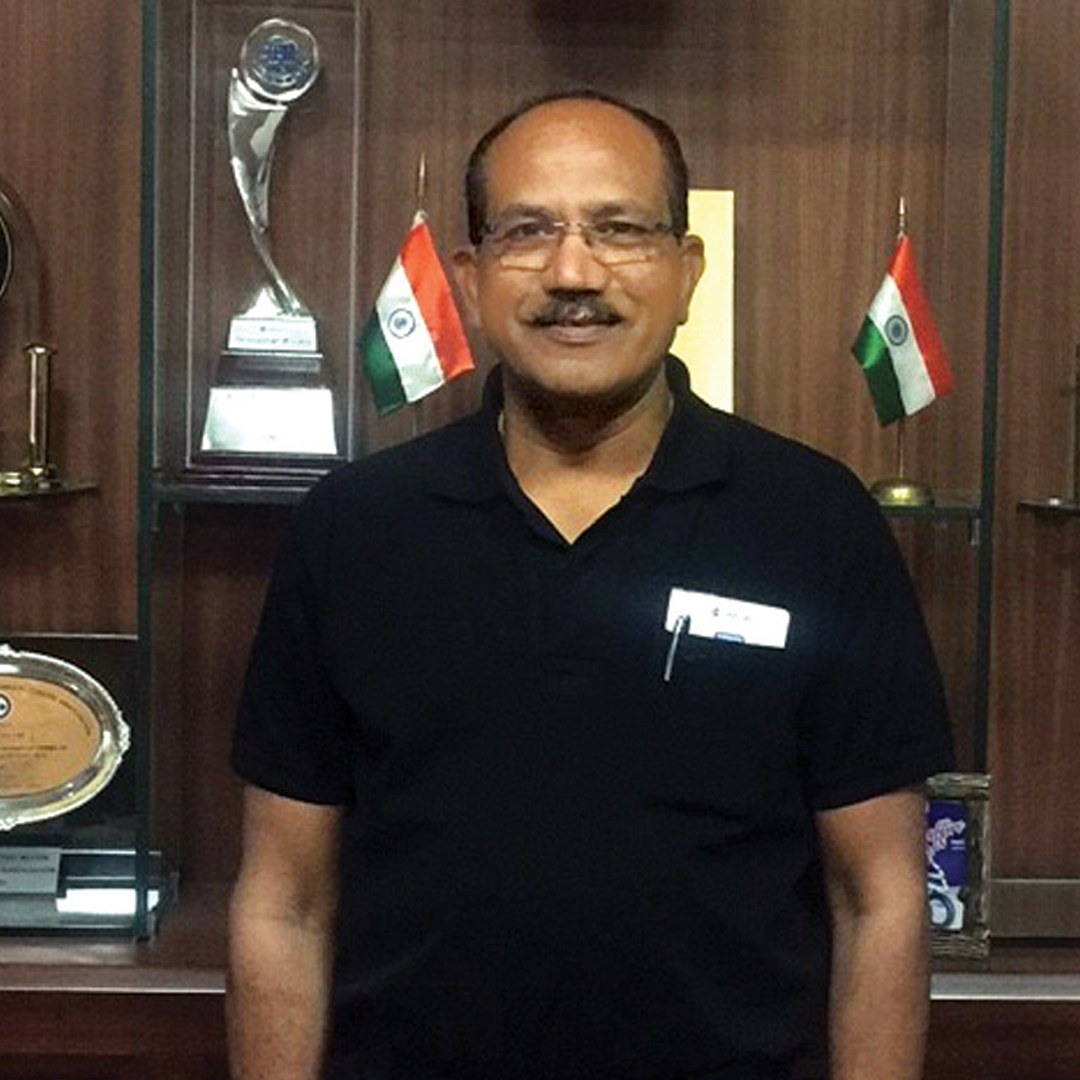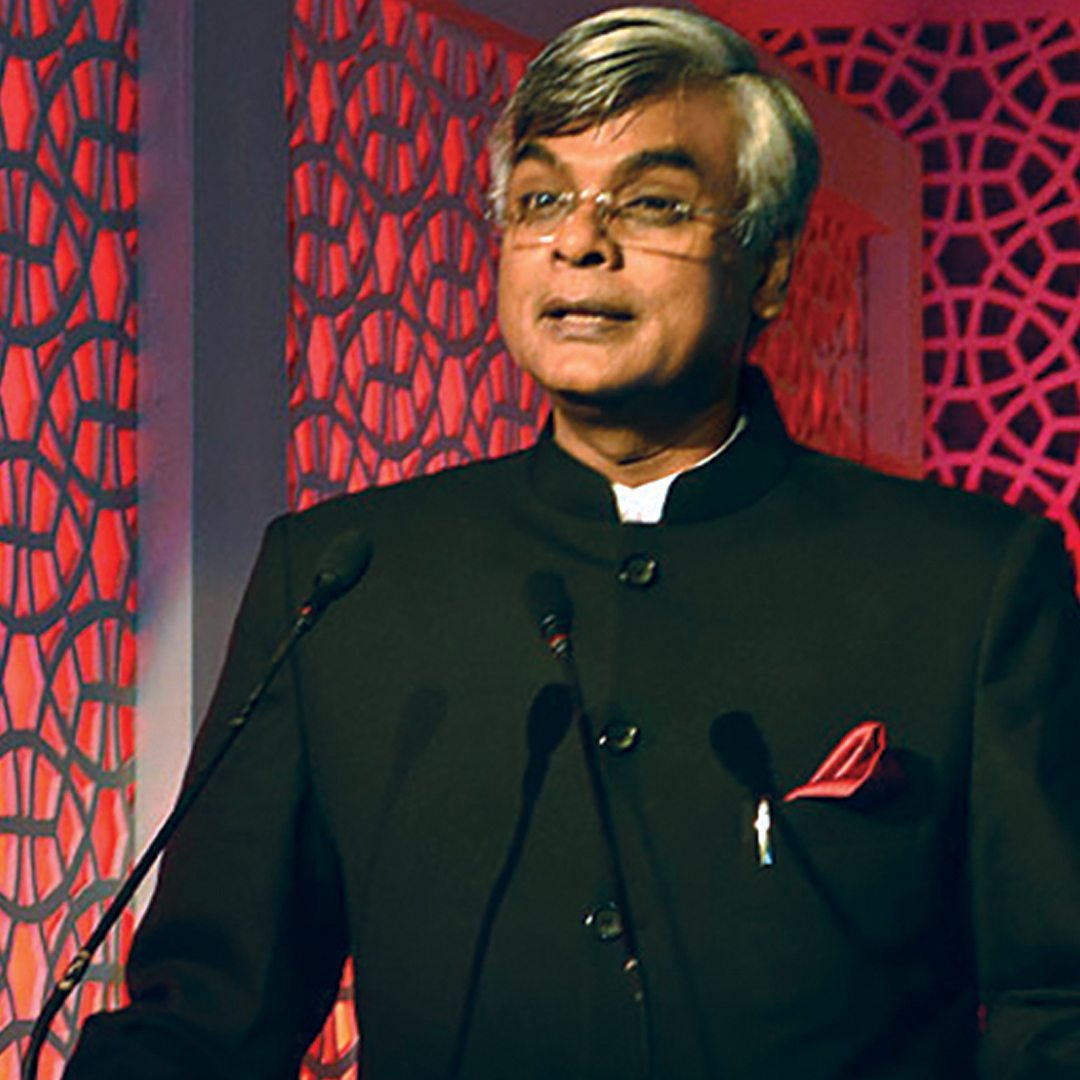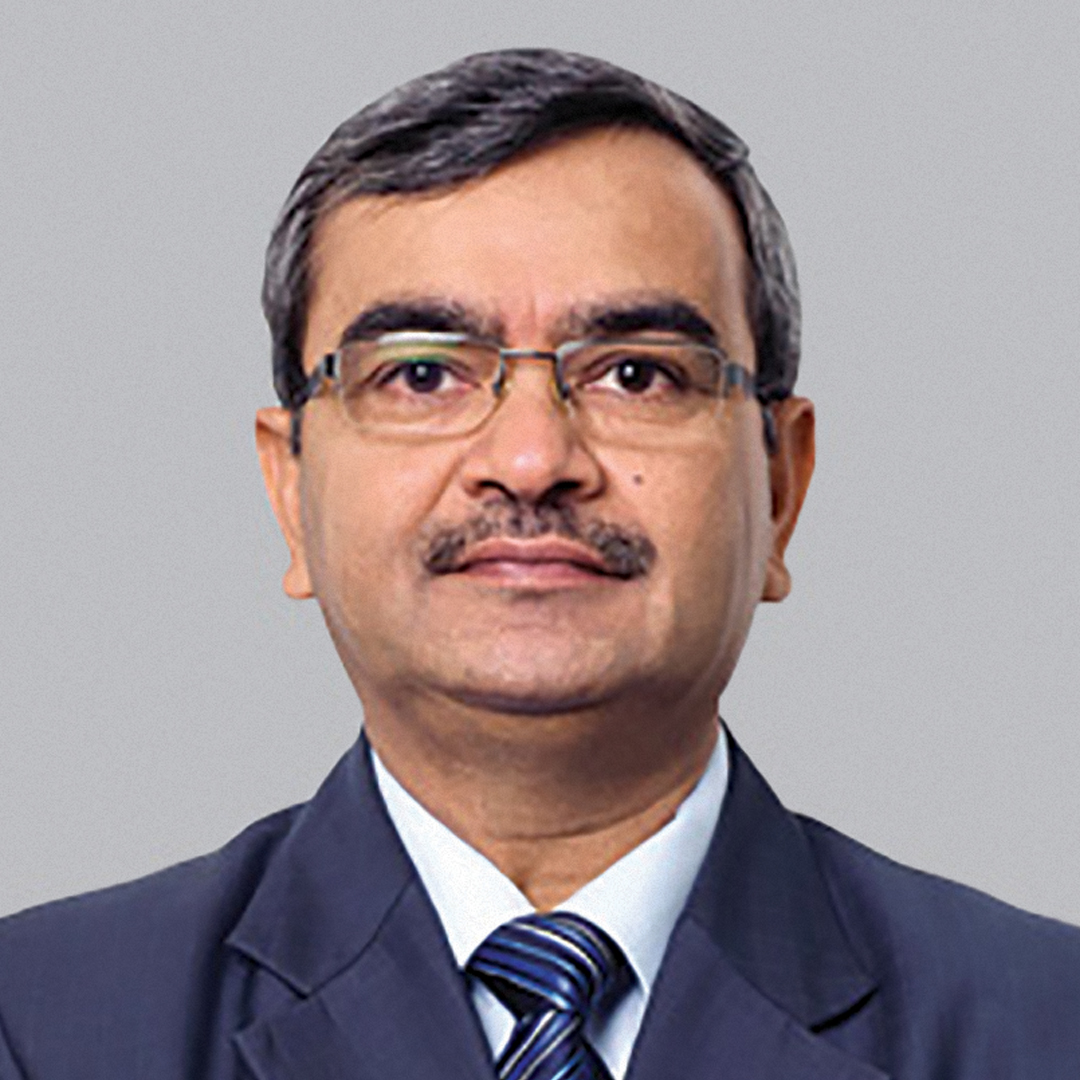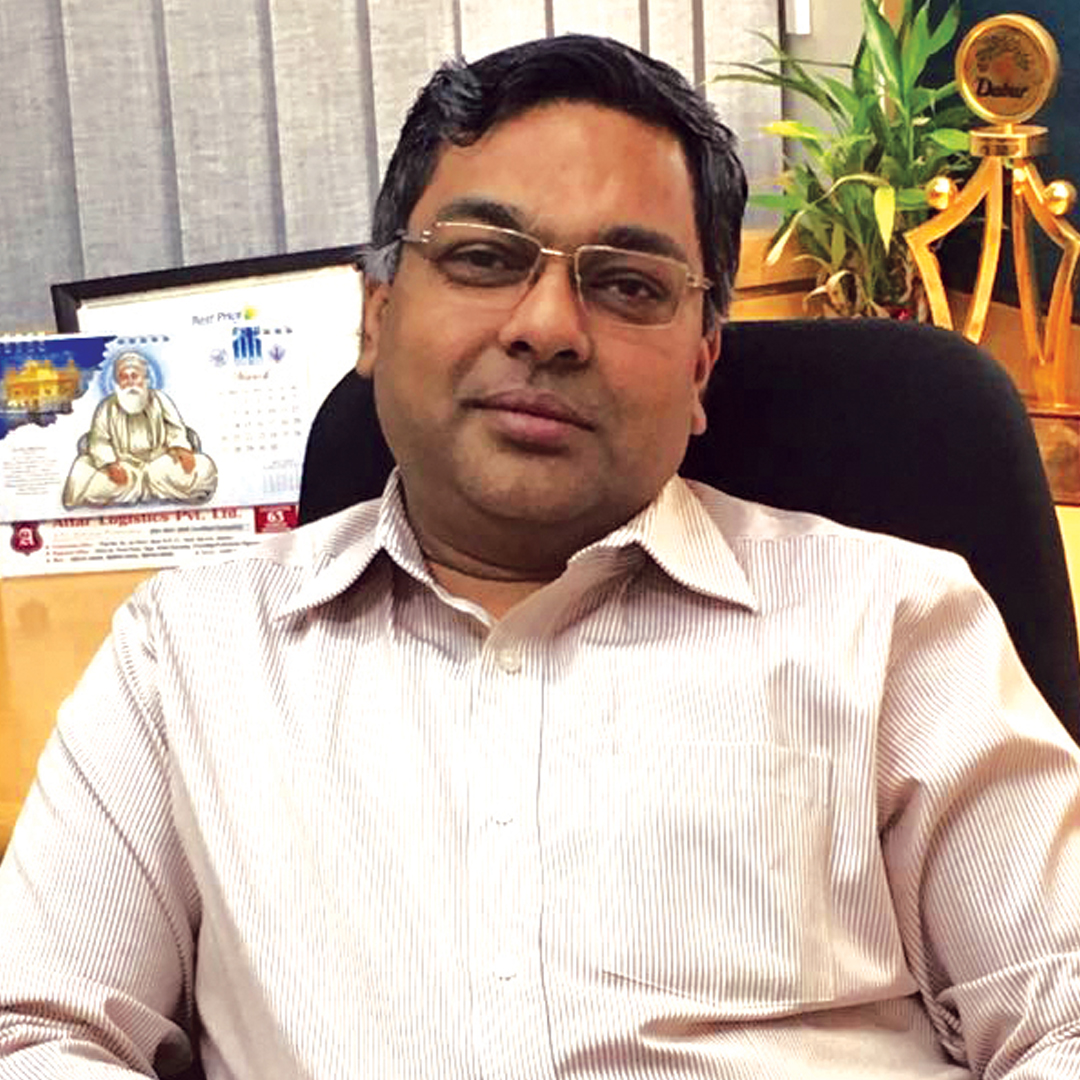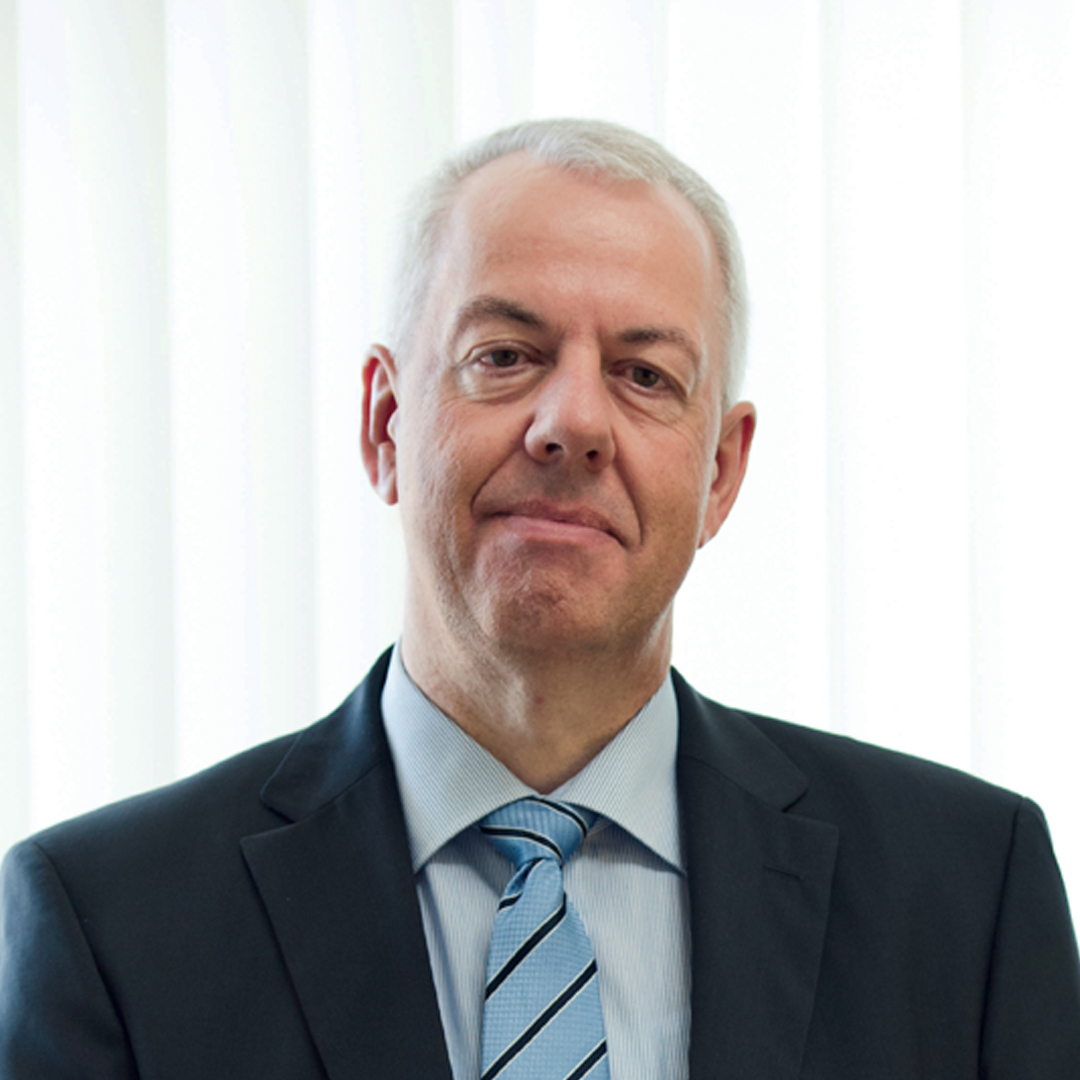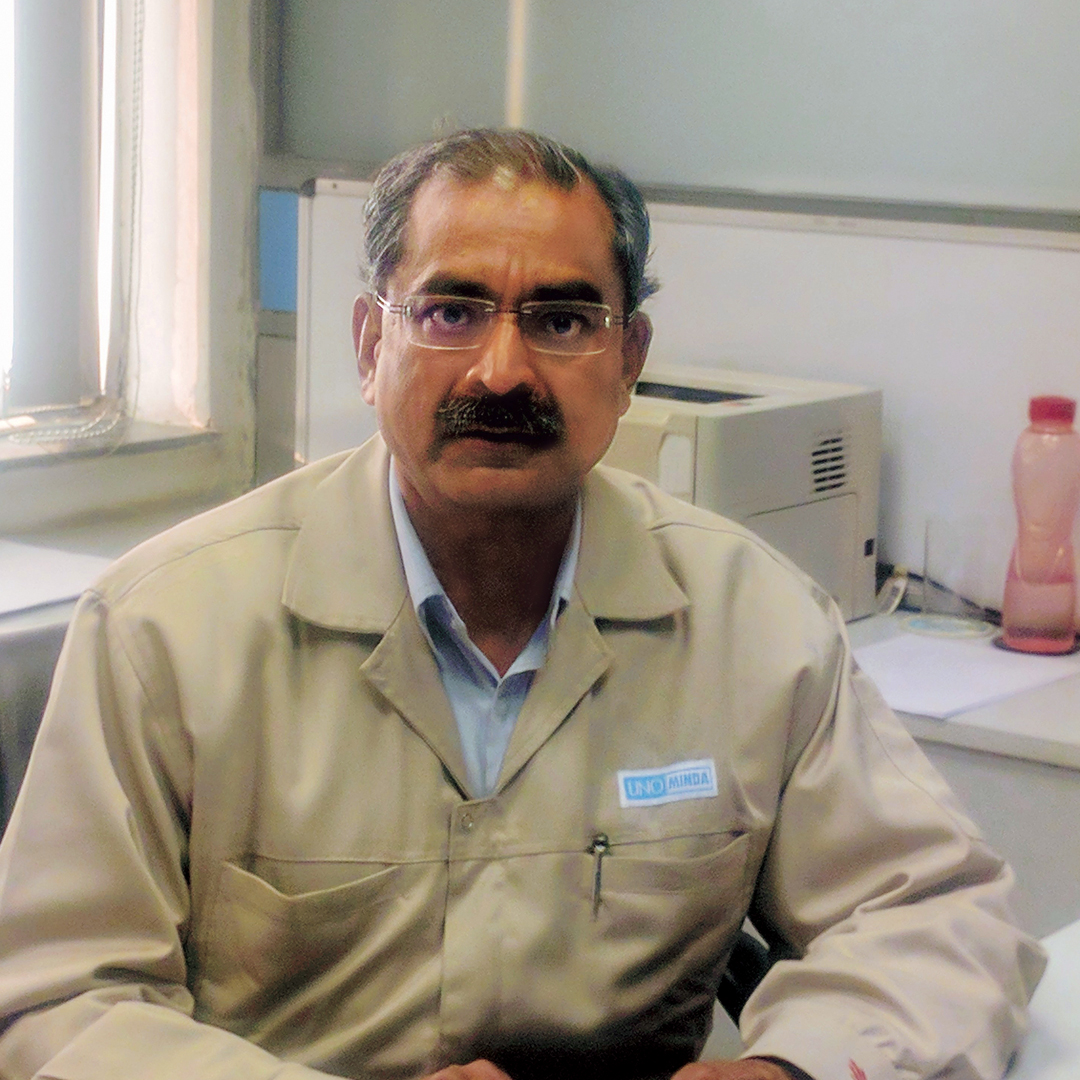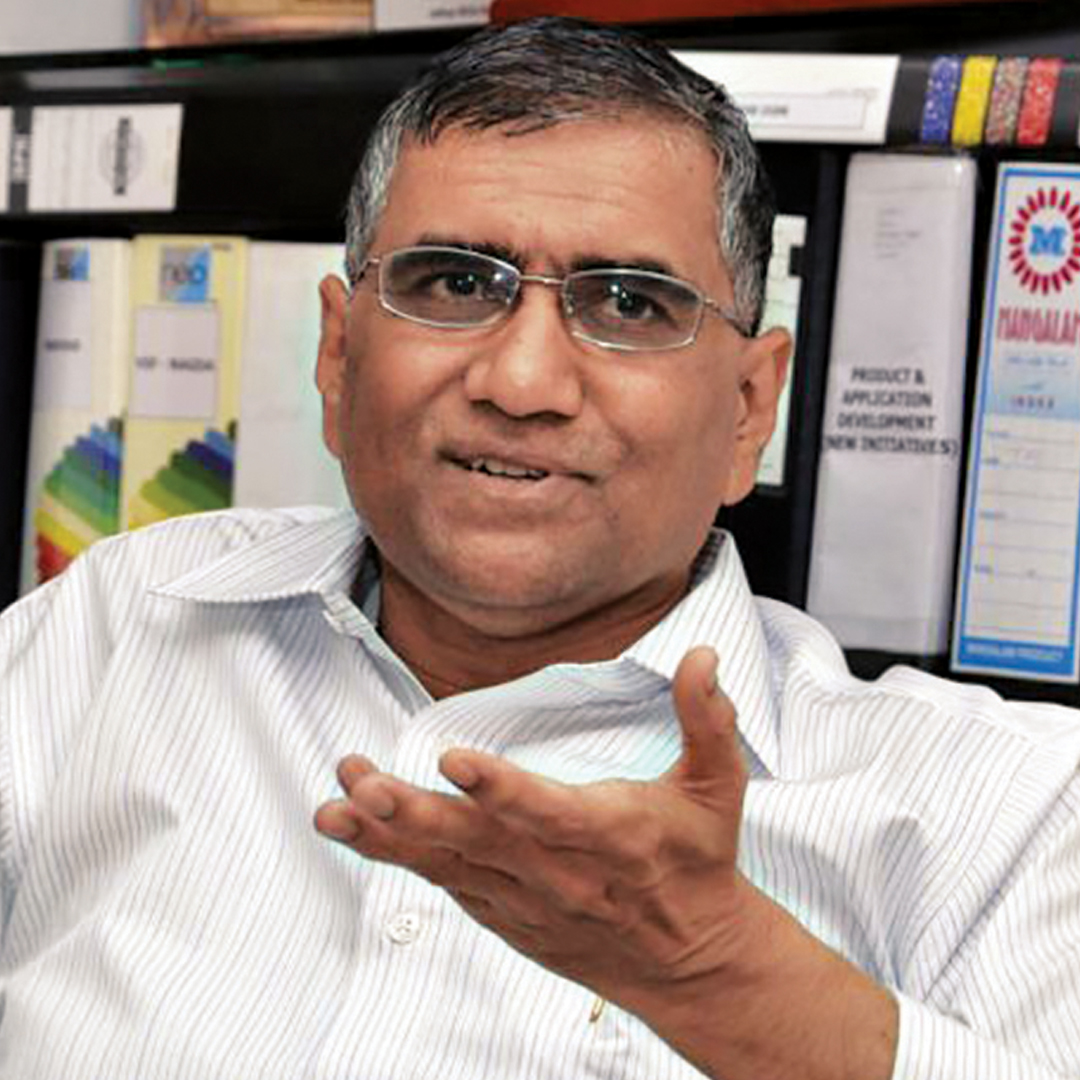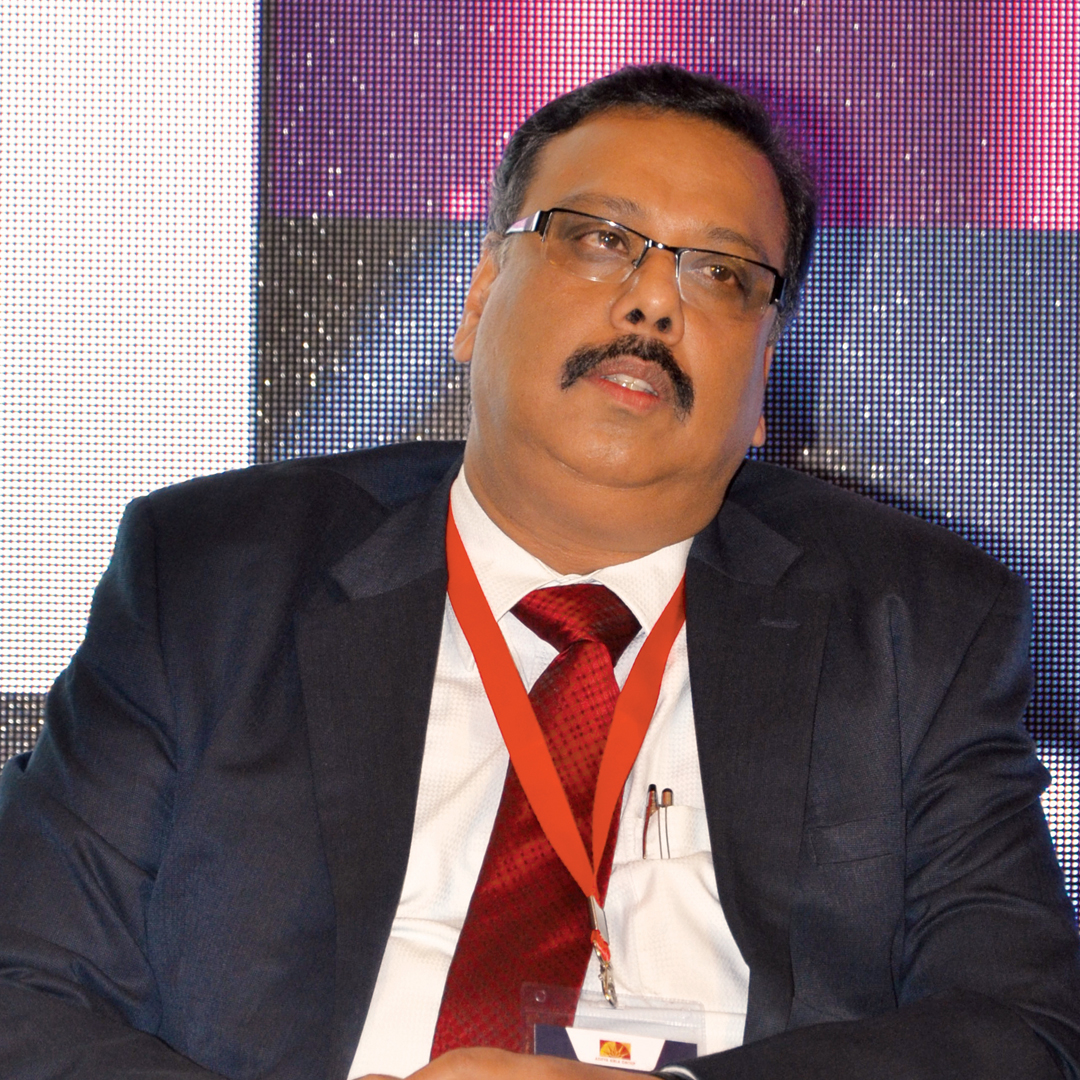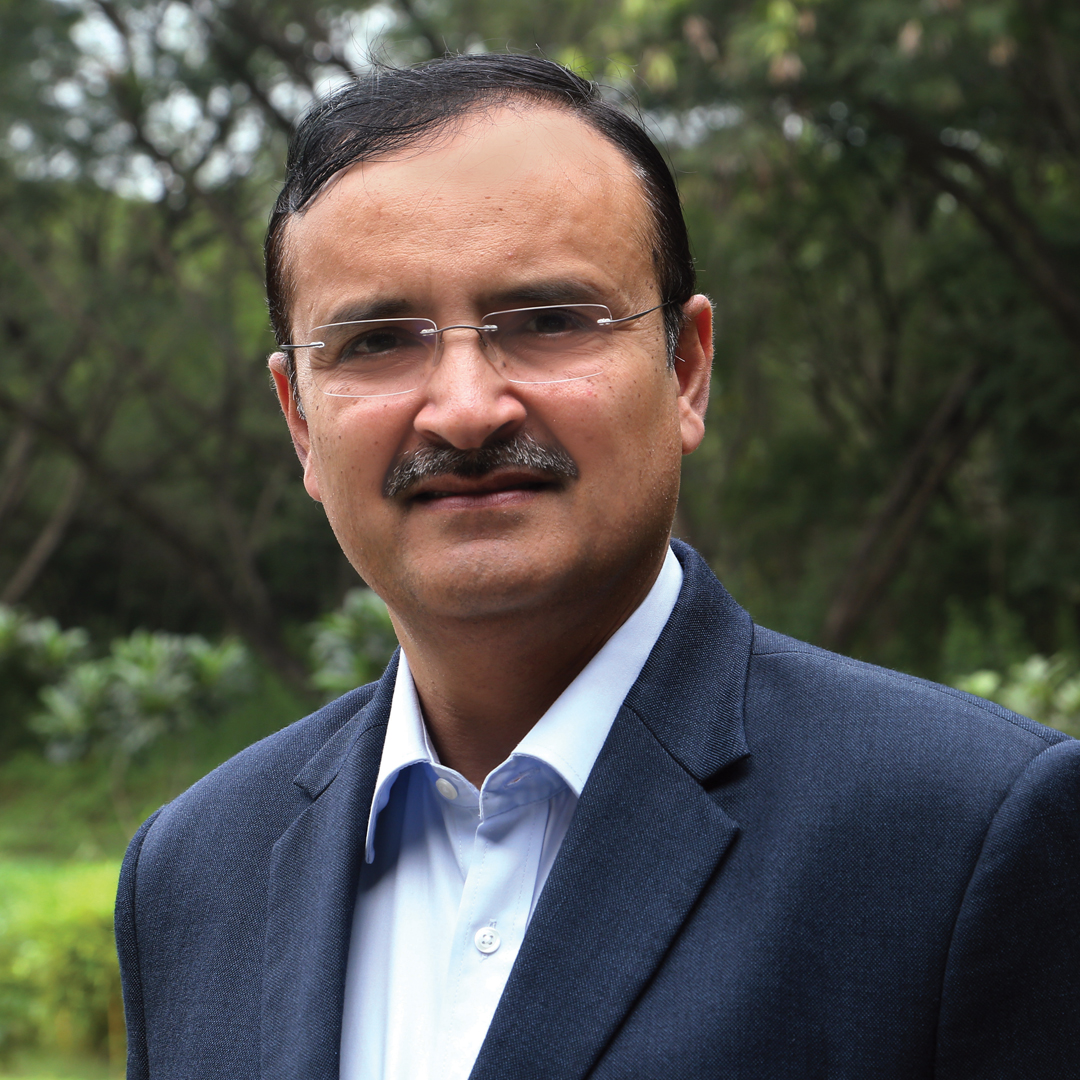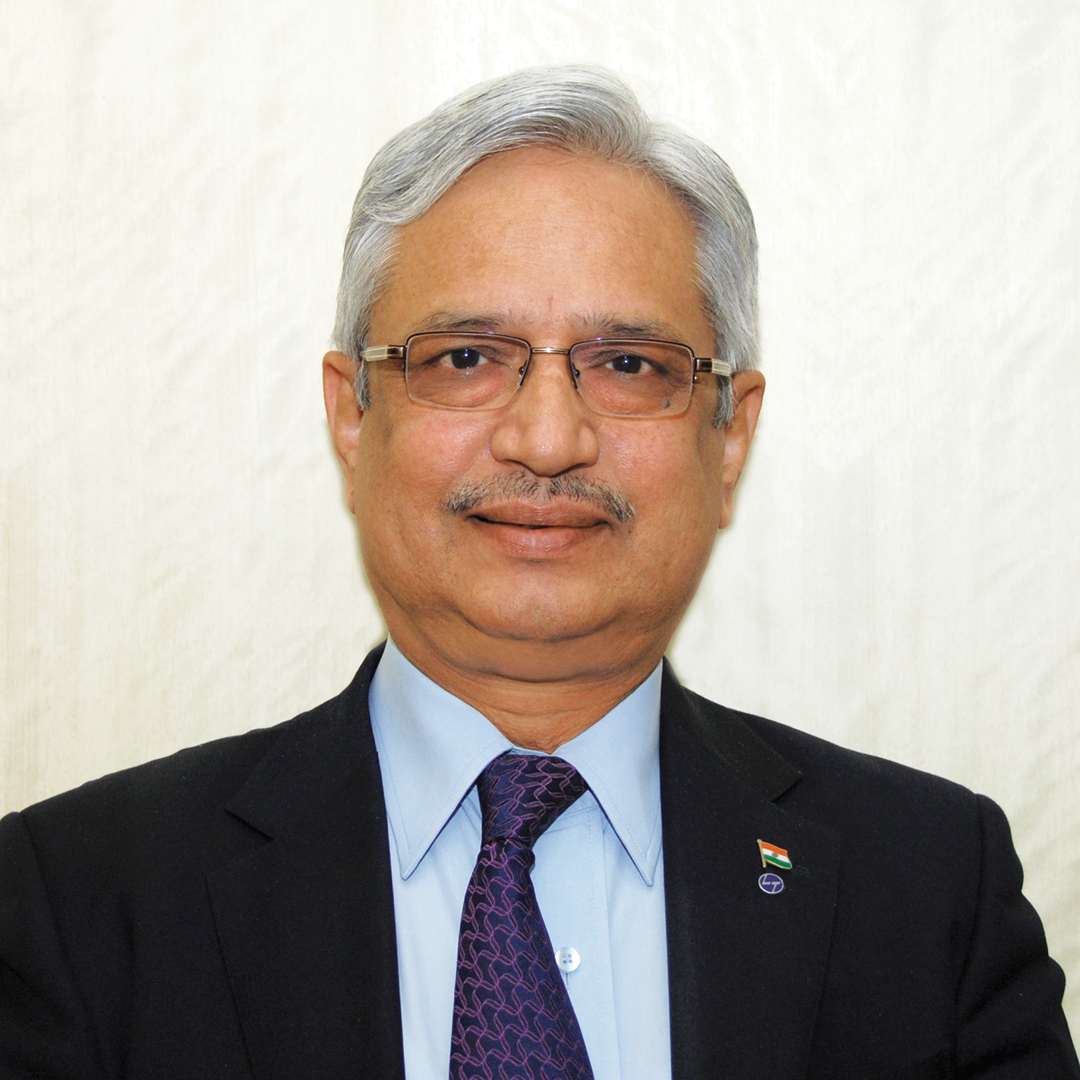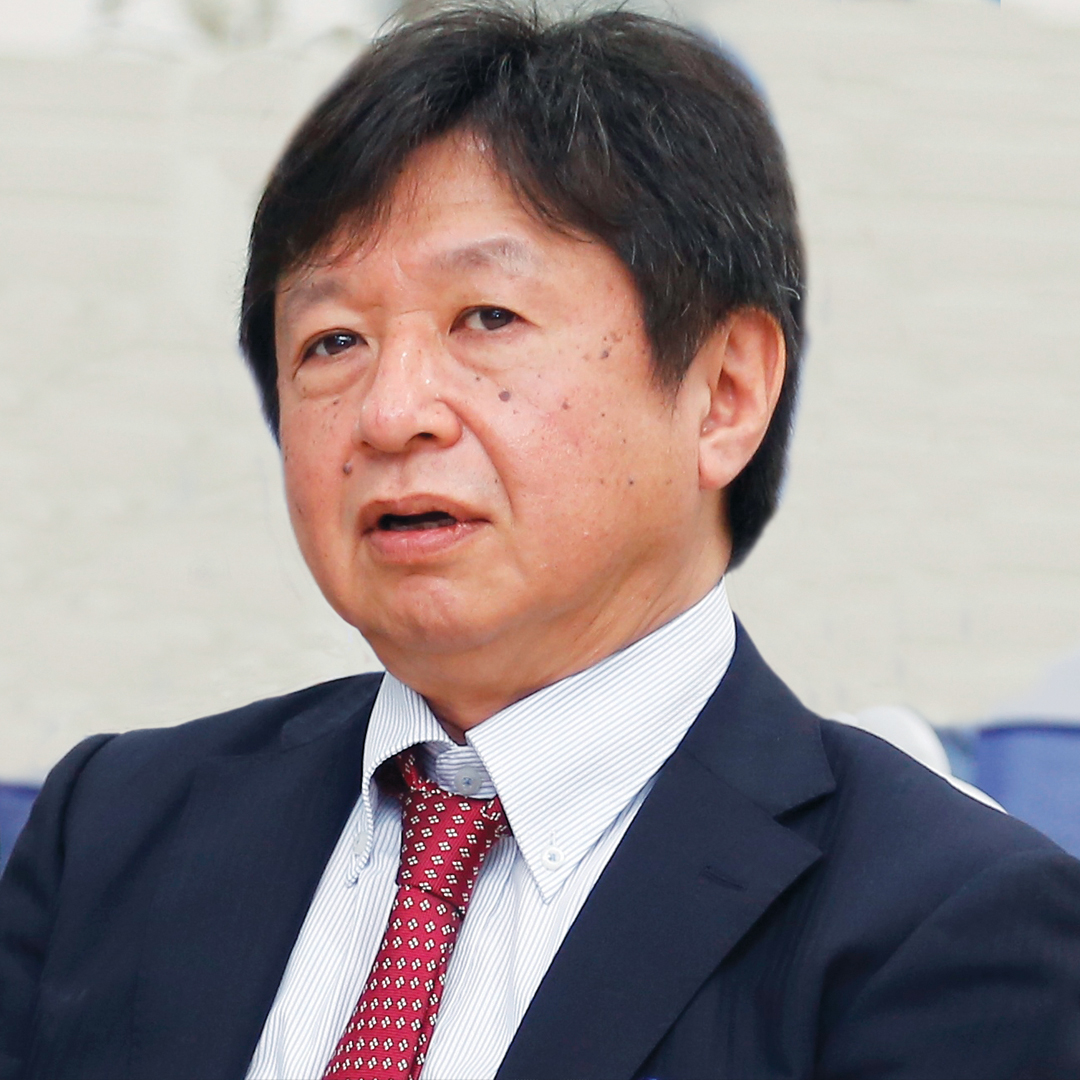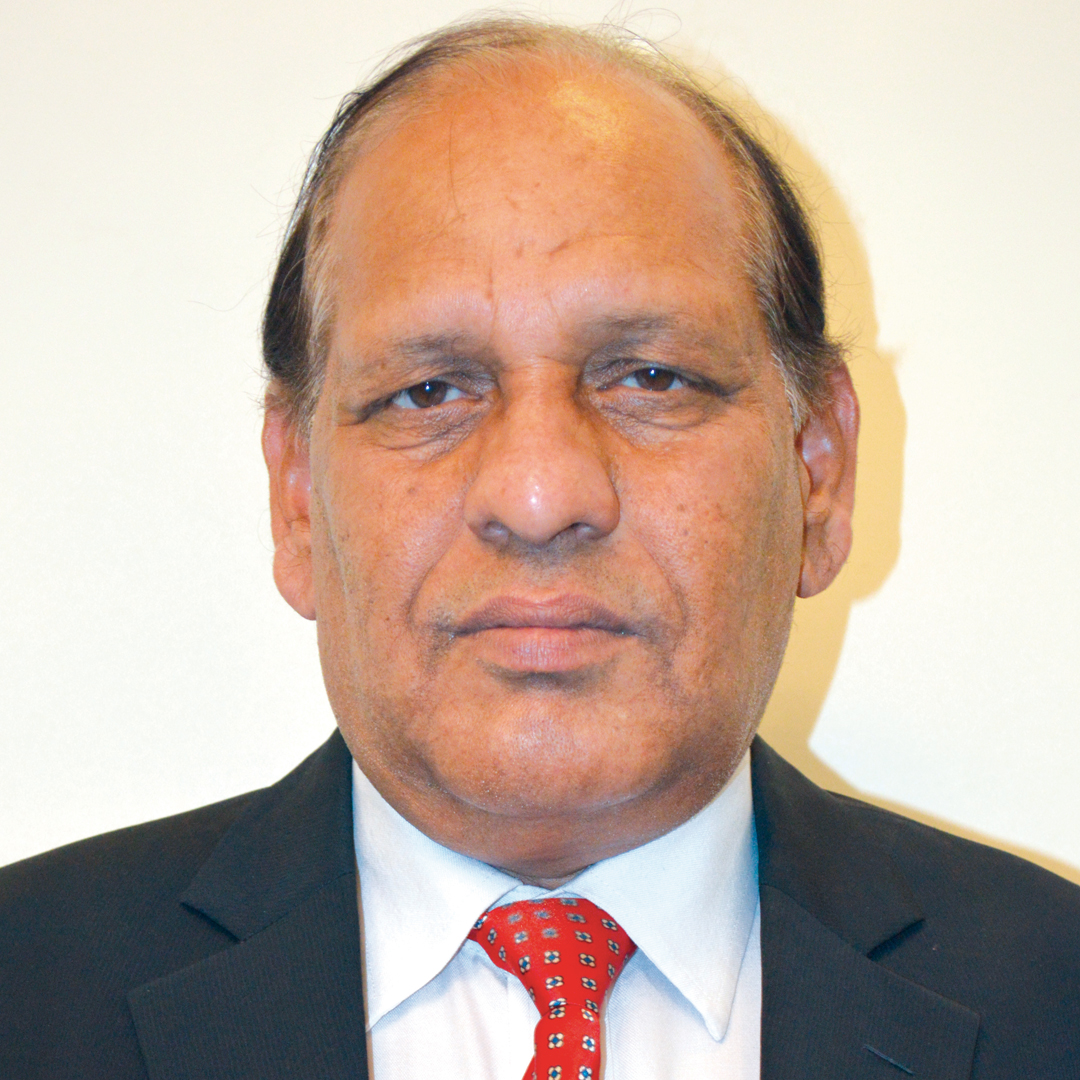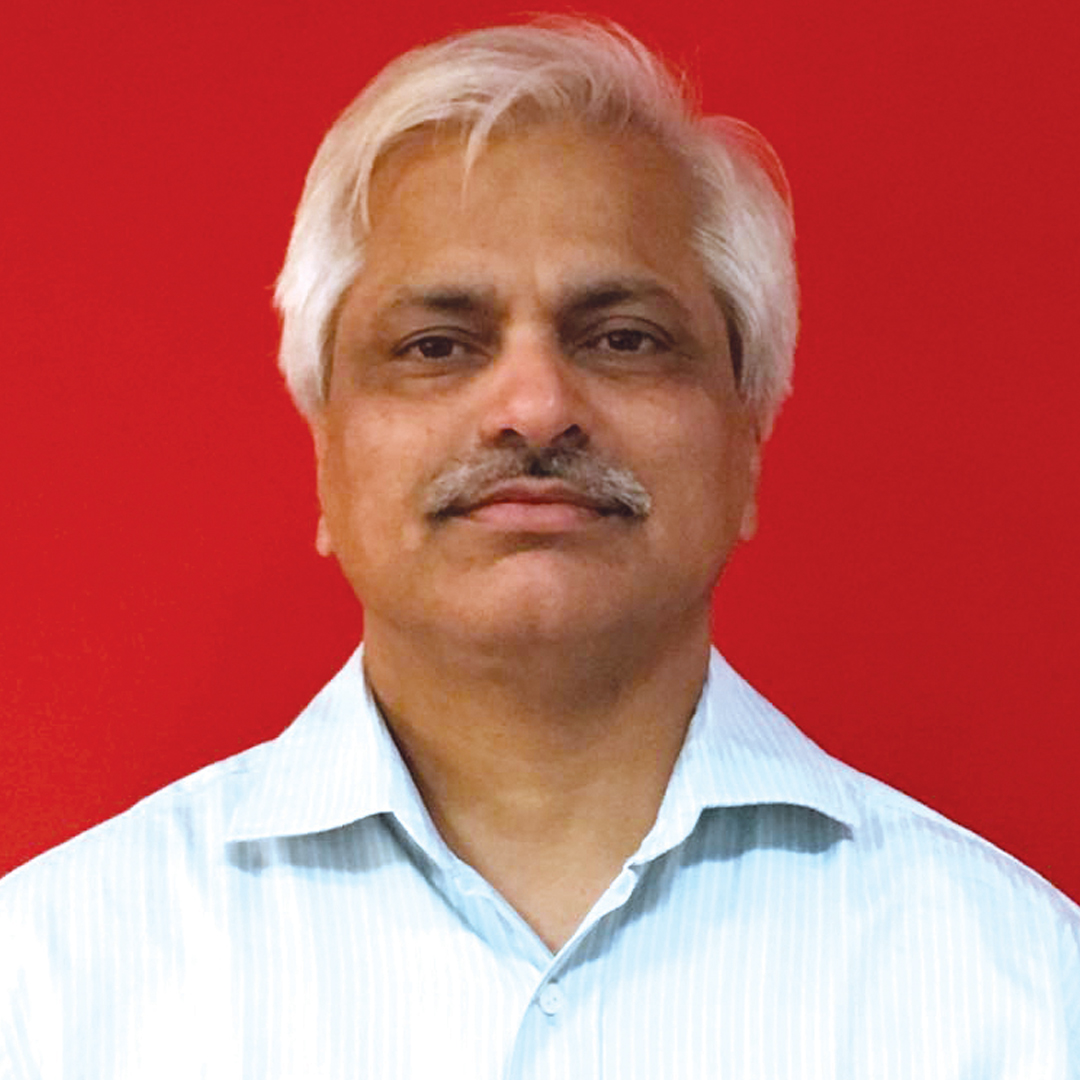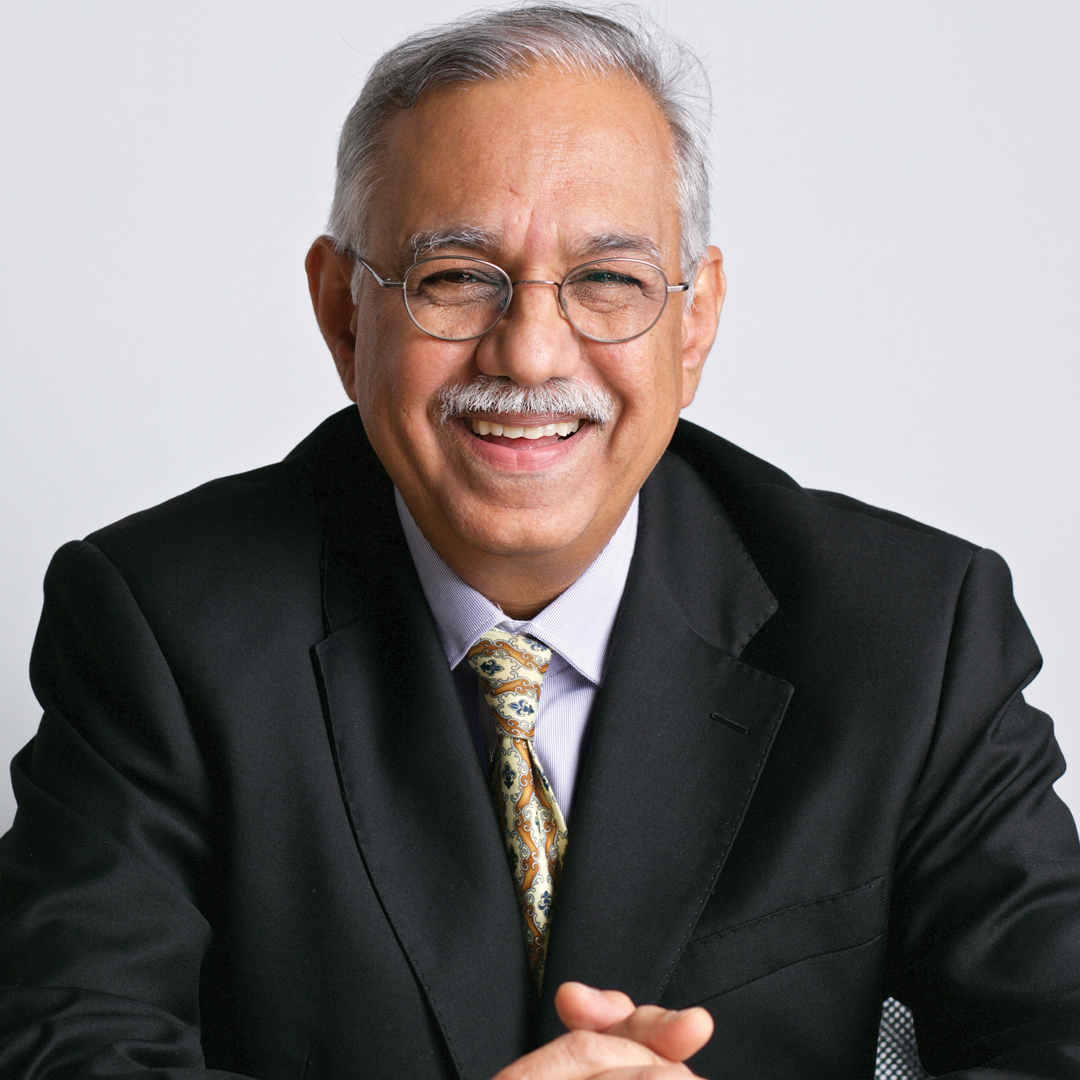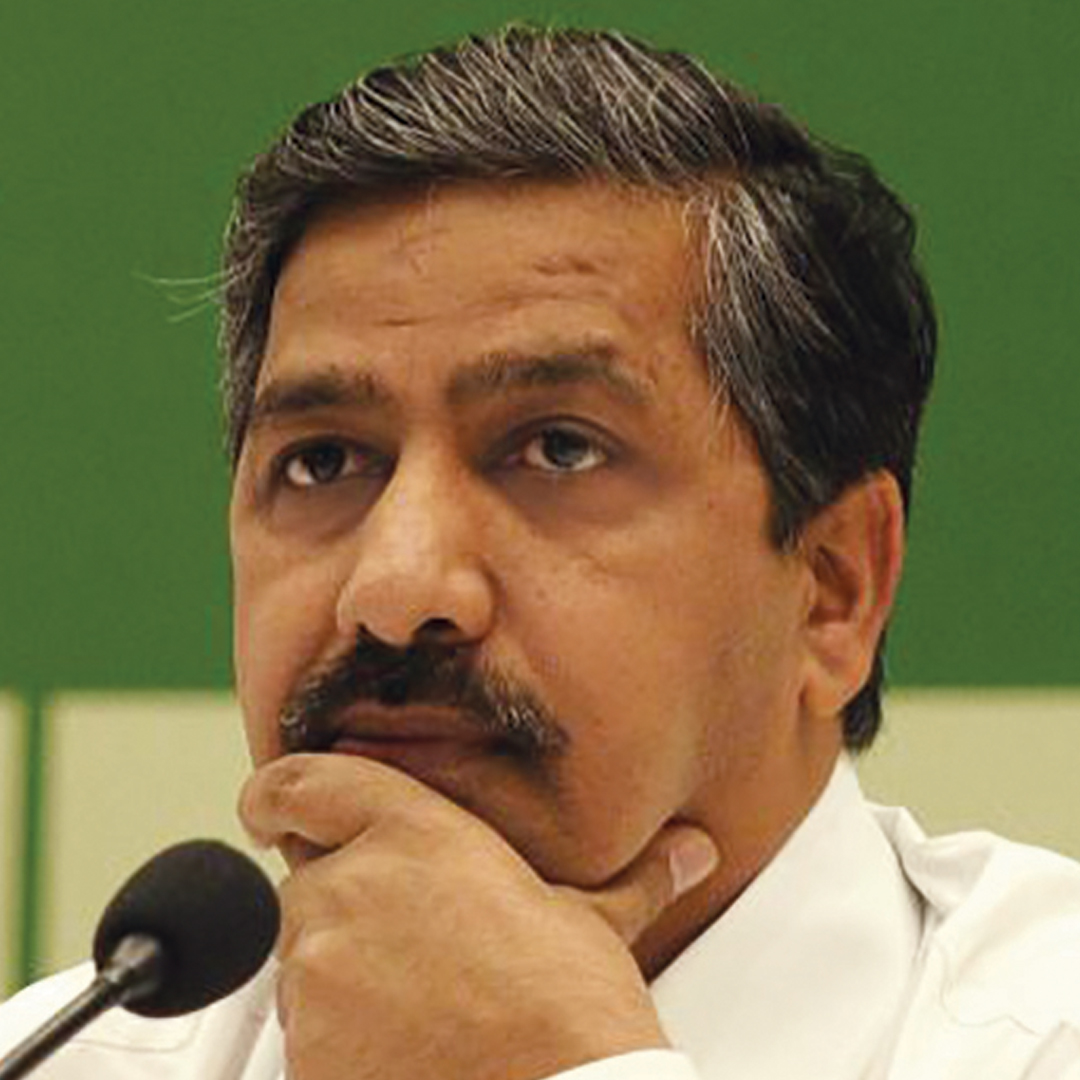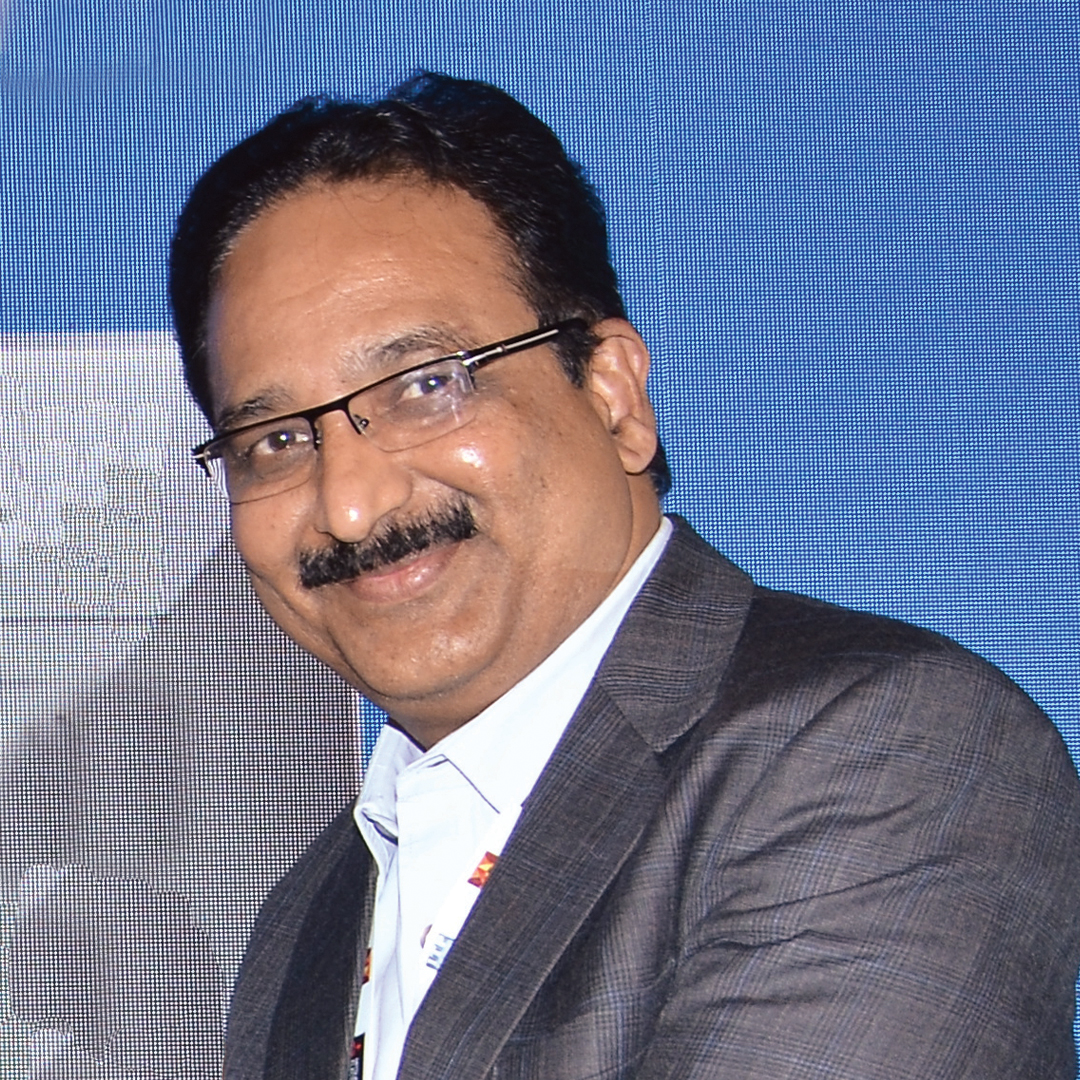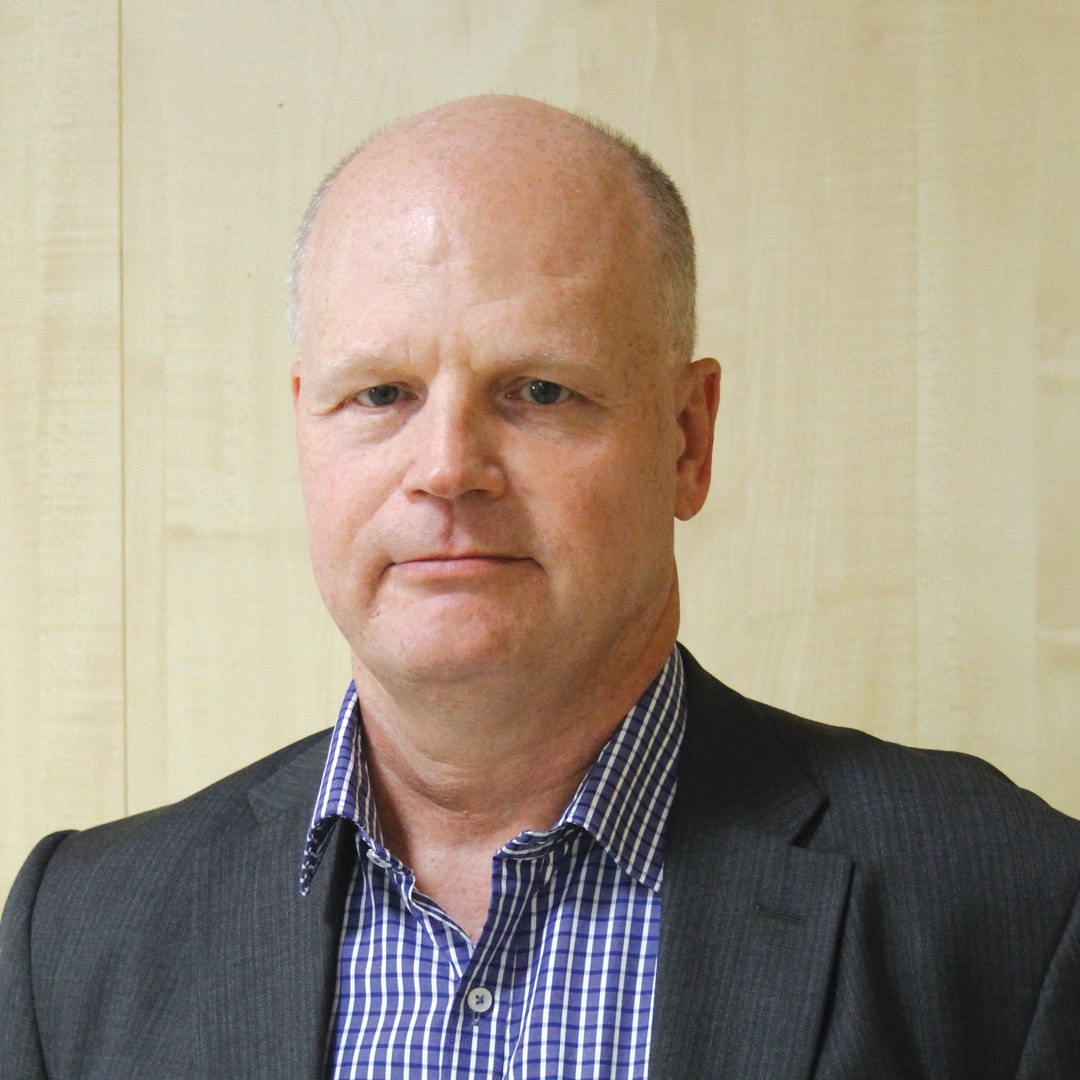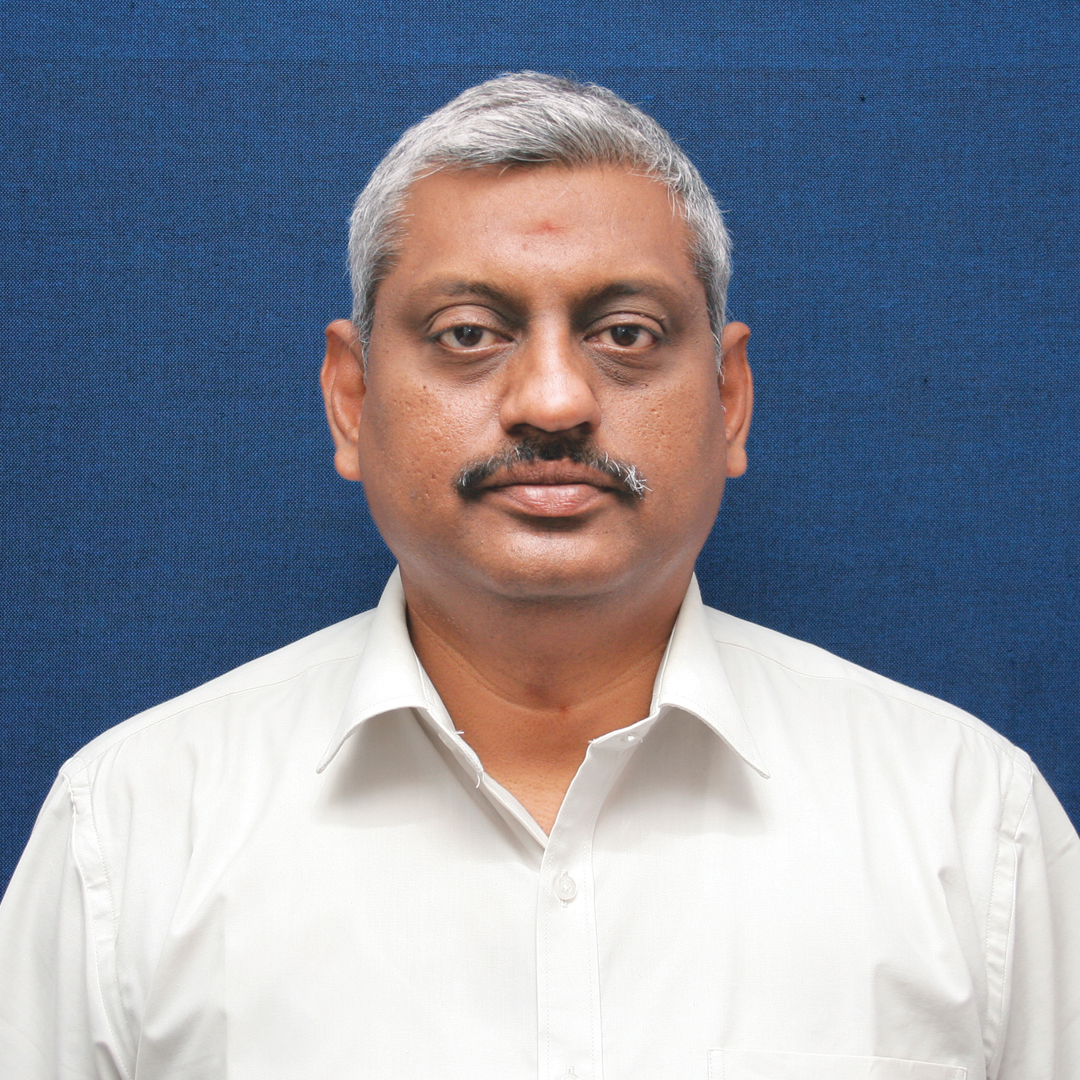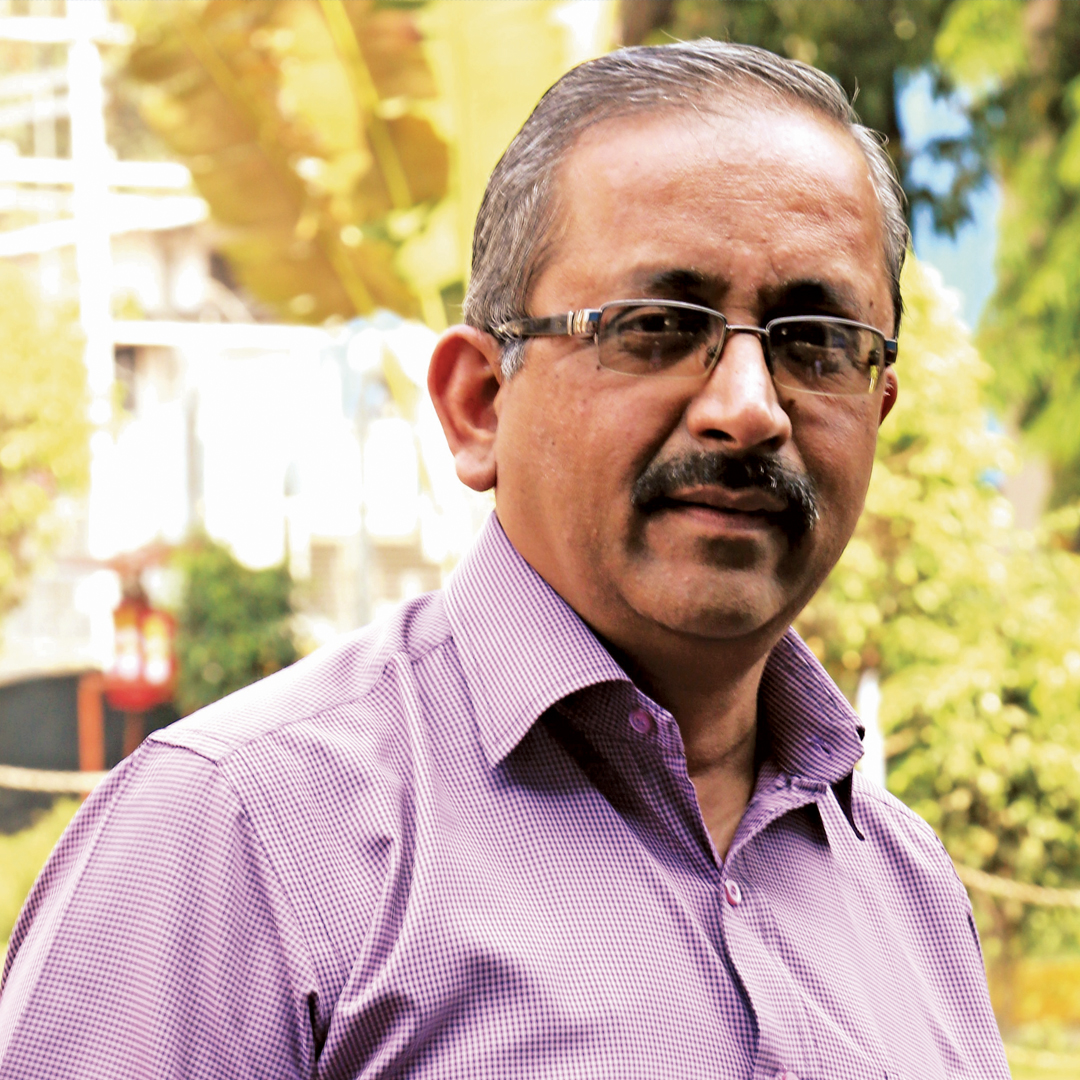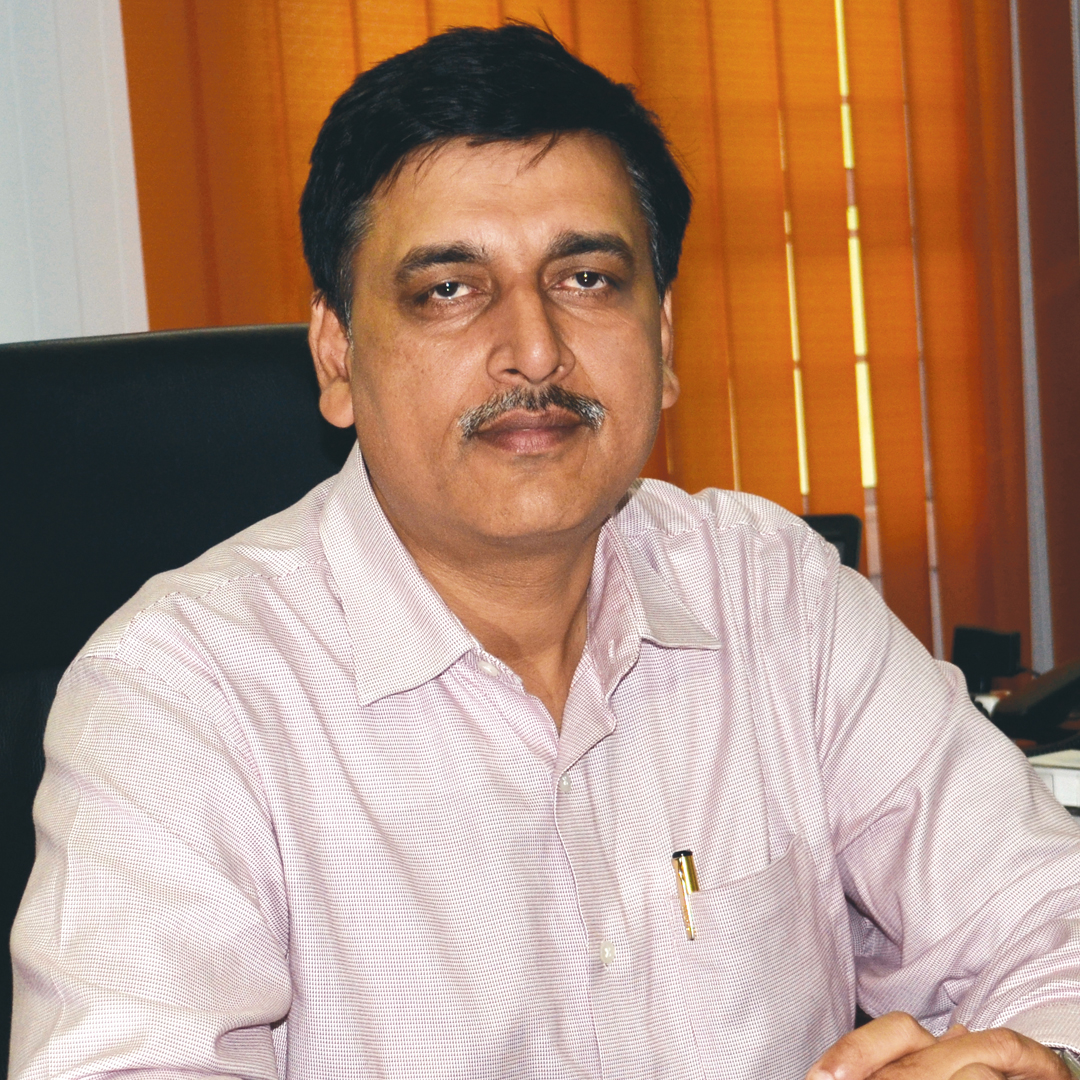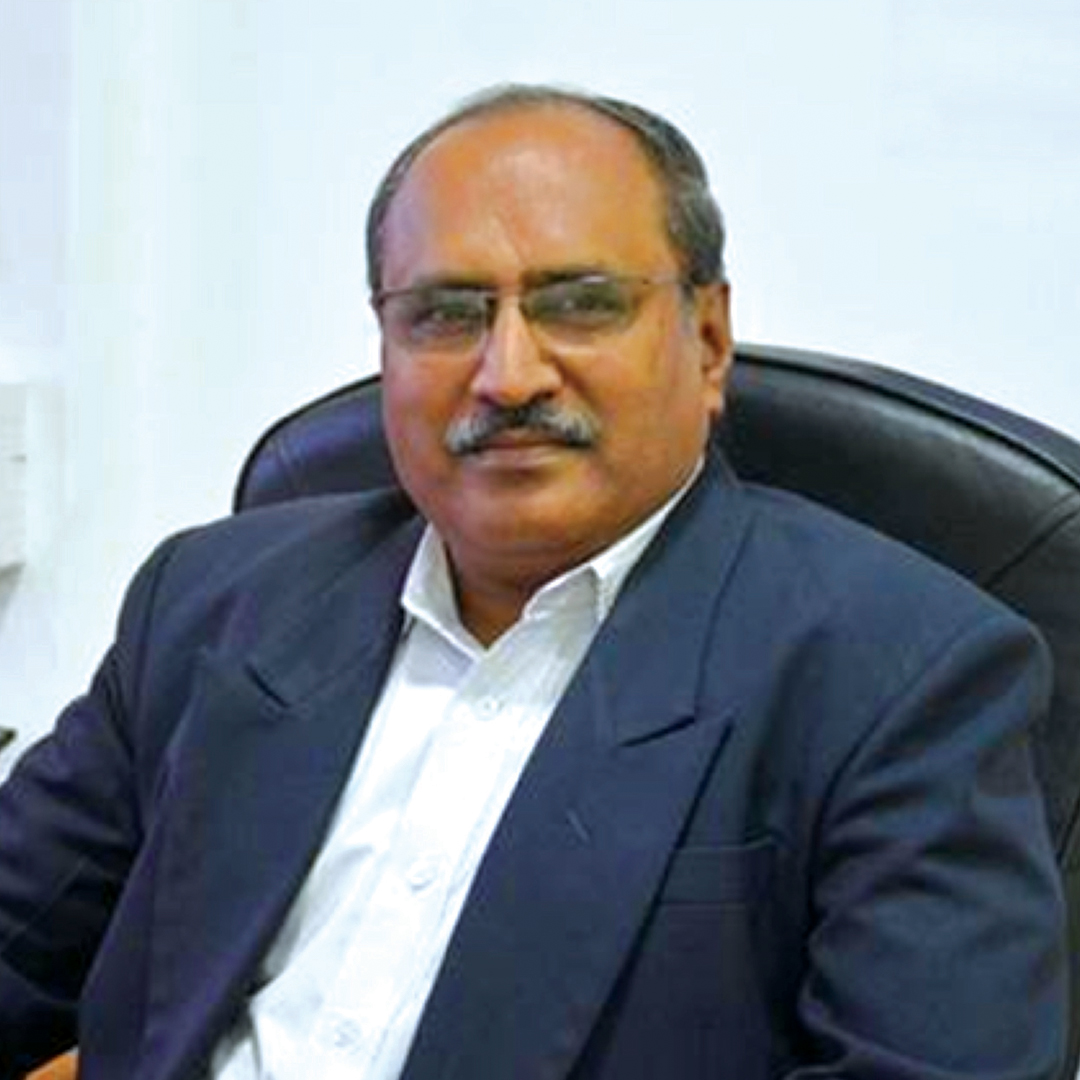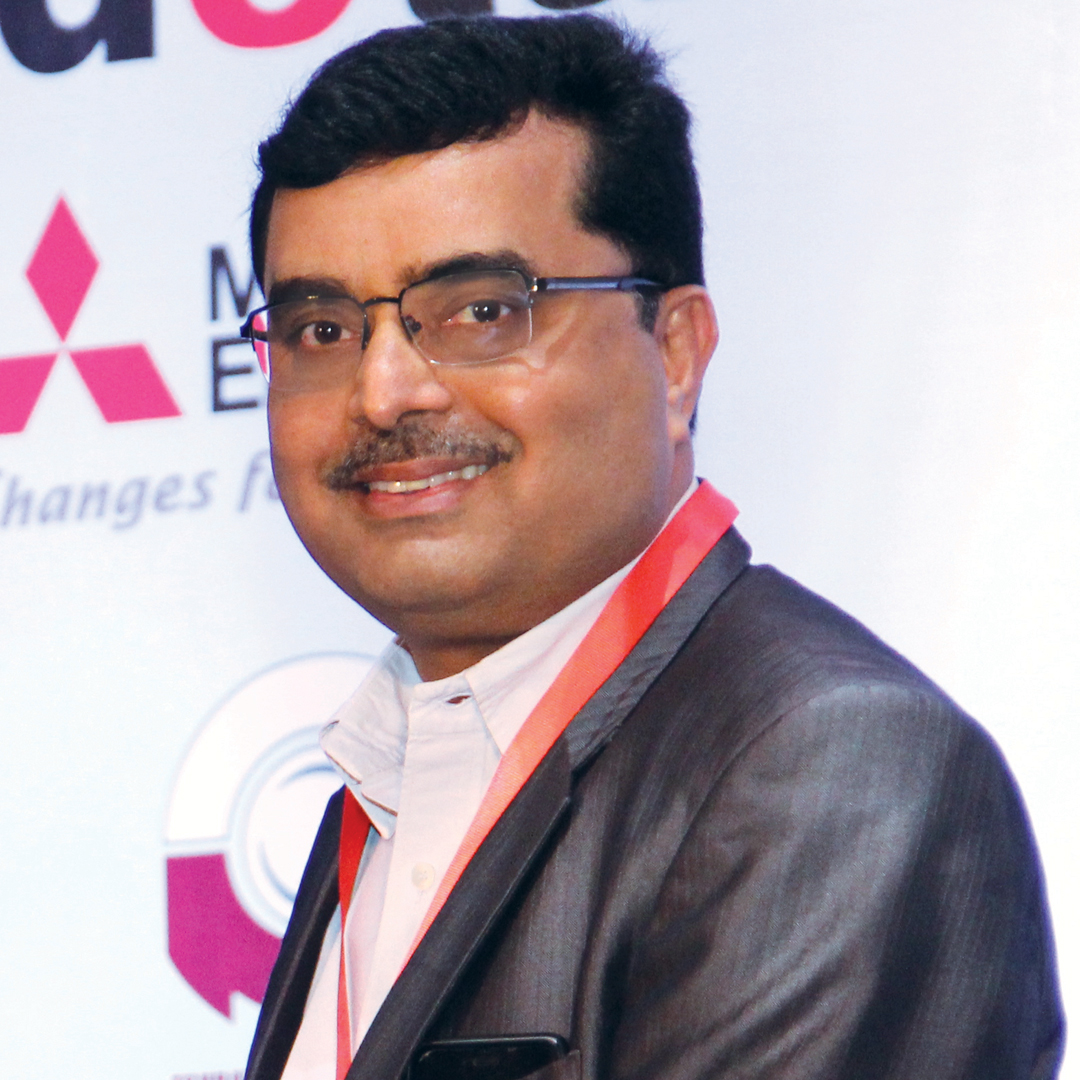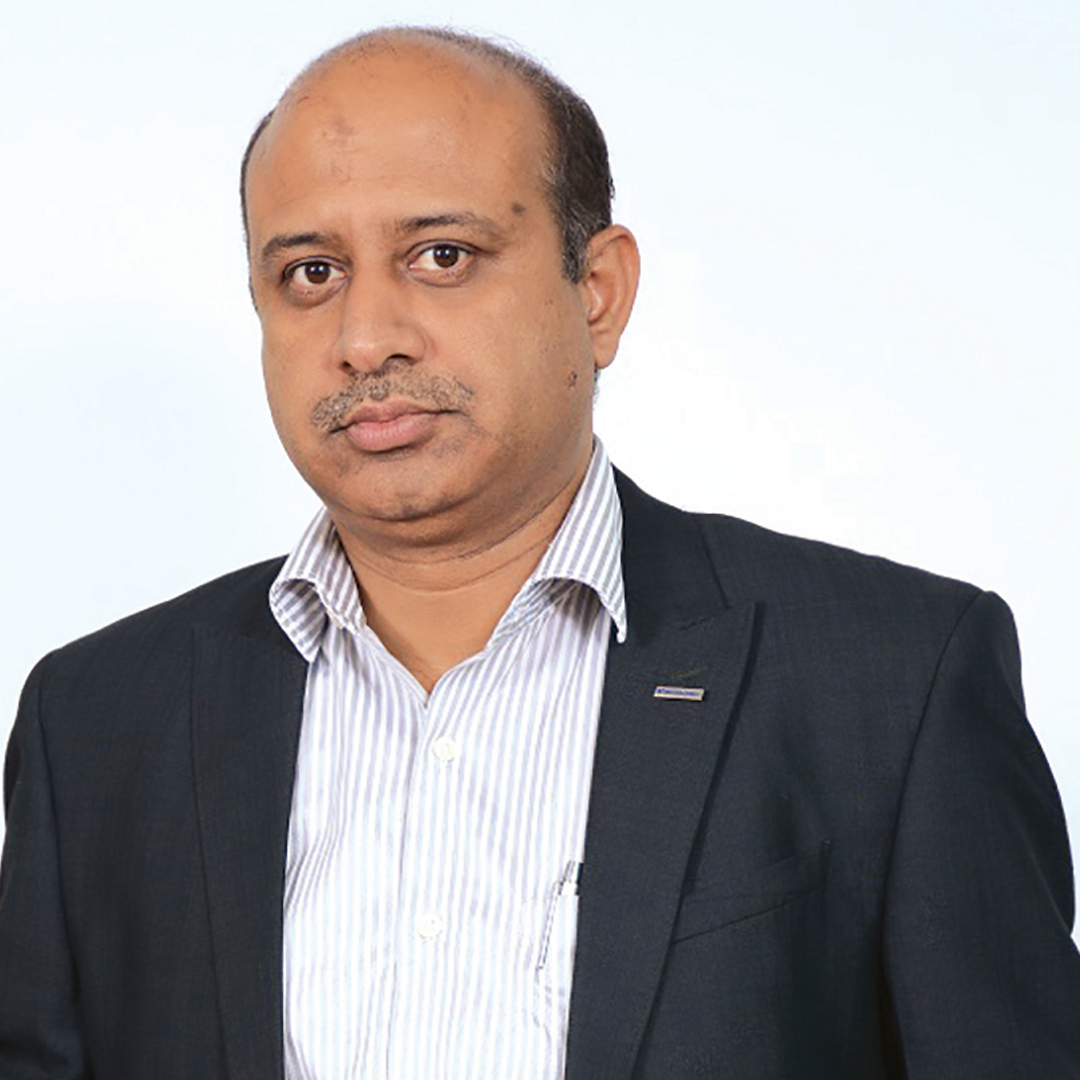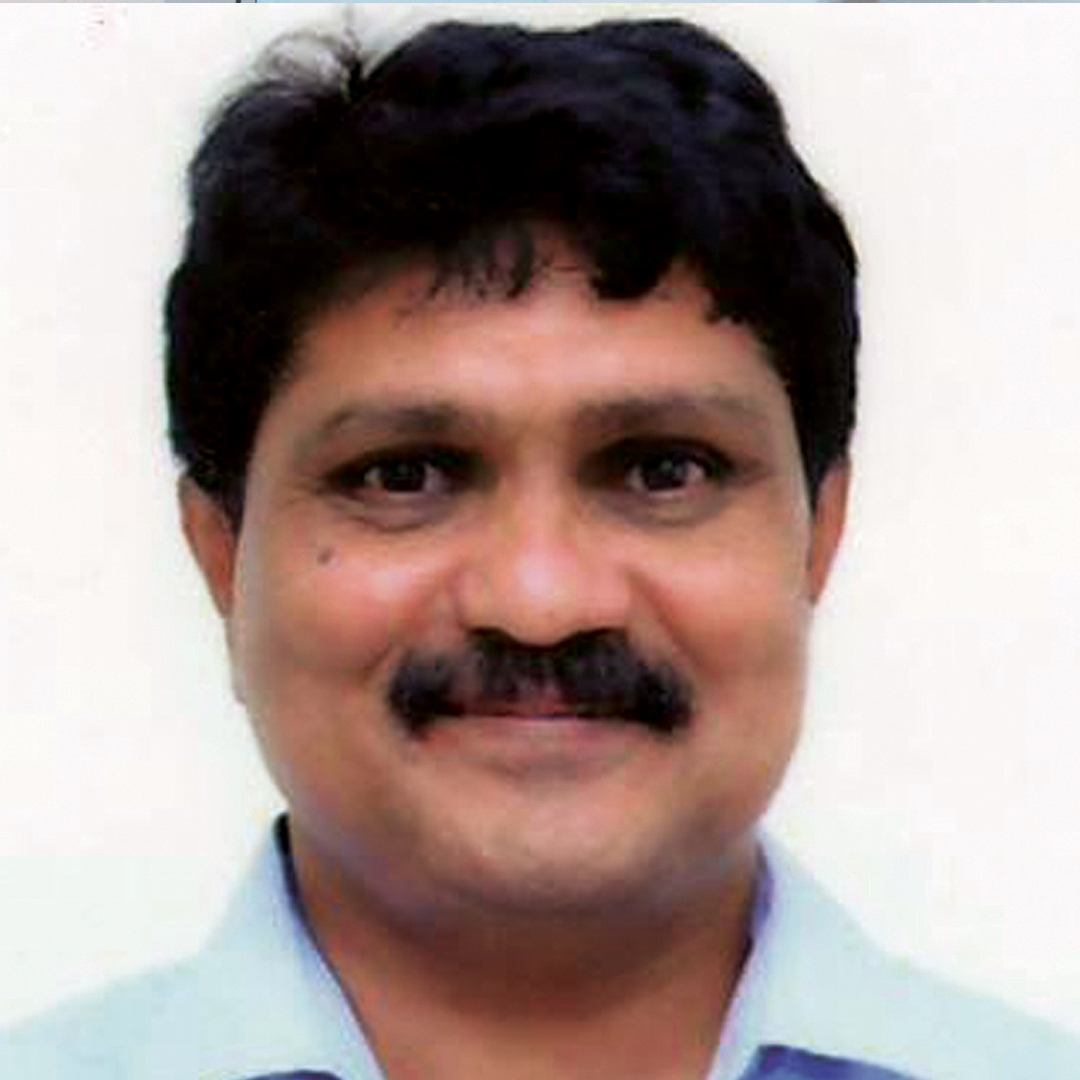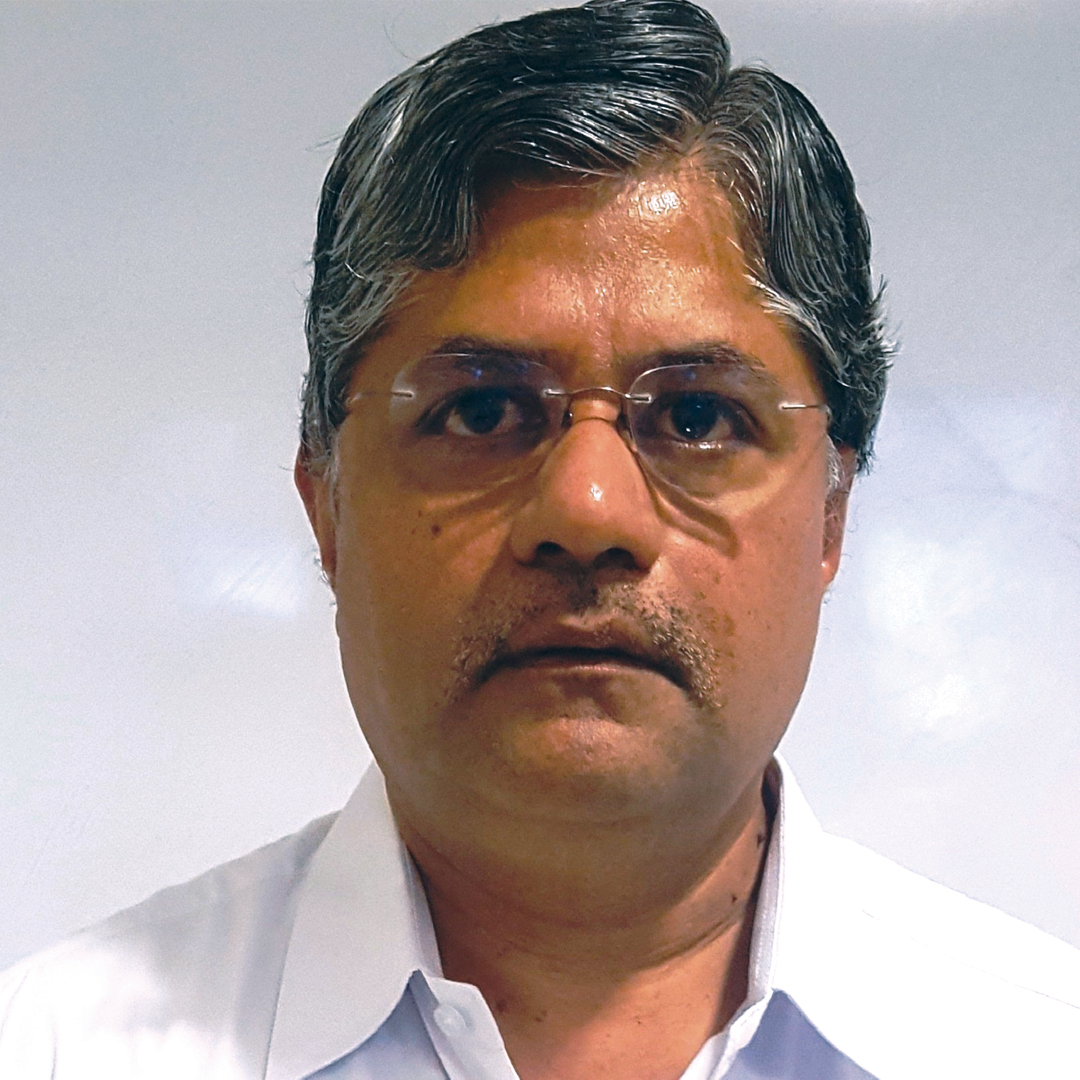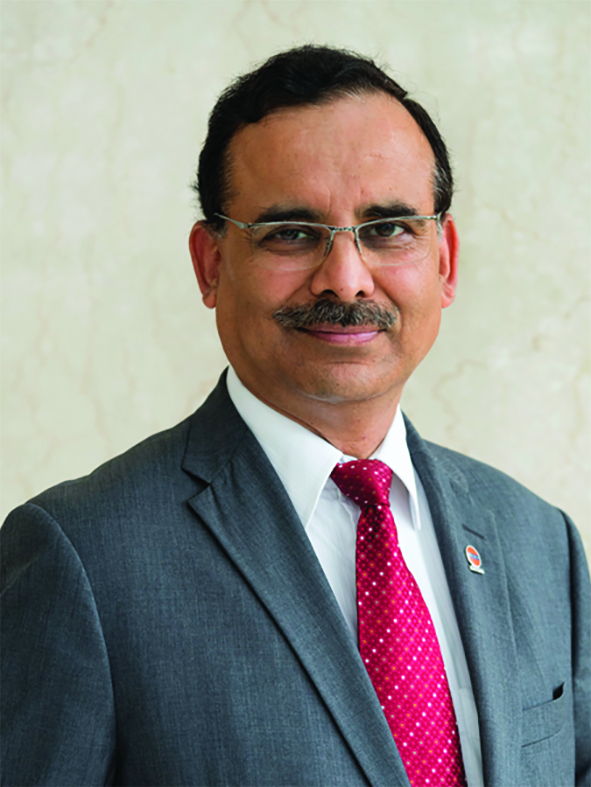Renault Nissan Automotive India

Year 2016 was a significant year for RNAIPL with the production milestone of one million cars. There were certainly few key initiatives that played a vital role in enhancing its operational efficiency. This right sizing showcases the company’s flexibility in driving the growth of the business by effectively adapting to market conditions.
Last year, it also witnessed the steady increase in Overall Equipment Efficiency (OEE) of the plant, with significant reductions in line stoppage and breakdowns. OEE was the key focus across all shop floors during 2016.
Year 2016 was also when the company achieved the highest monthly volumes since the start of plant operations — 31,000 units during August 2016. As production capacity increased, the flexibility in WBS (White Body Storage) in body shop with all lines interconnected, also ensured lesser manual operations in a safer environment leading to smooth operations. There were also regular checks done on a daily basis, to identify issues and take countermeasures to address concerns in order to prevent any major breakdowns.
There has also been improvement in productivity, part flows and line feeding operations that will play a vital role in enhancing the flexibility of the production. Through 2017, it will focus on reducing manpower and transportation cost .
RNAIPL is also improving on Alliance Production Way (APW), a manufacturing and shop floor management system, common to Renault and Nissan and is the result of sharing best practices throughout the organisation. The APW aims at effectively producing Renault and Nissan vehicles on the same line, and to enable the line to handle four platforms and eight body styles in random production order. While it is gearing up for the launch of a new Renault model in 2017, it is looking to modify the paint shop process in order to incorporate dual tone painting with innovative technology as per global standards.
